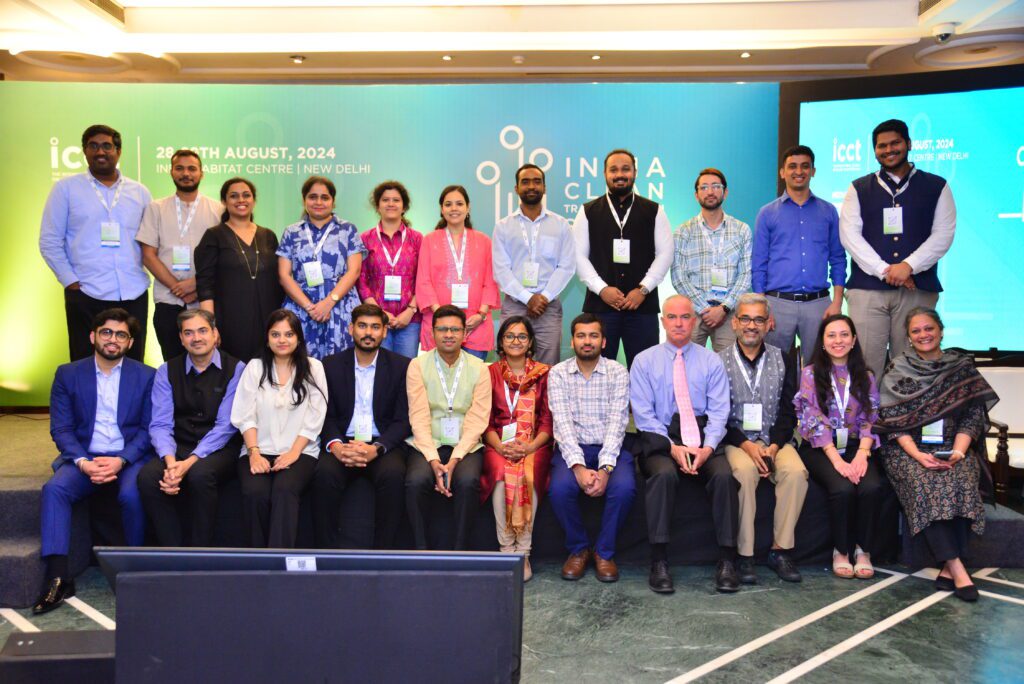A message from Joe Ryan, Executive Director, Crux Alliance
In 2024, the devastating impacts of a warmer planet were felt in countries around the world. But even as we mourn the losses, we know we are winning the fight against climate change. Consider this: Before the Paris Agreement, the Intergovernmental Panel on Climate Change projected temperature increases of 2.5°C to 7.8°C by 2100, with the high-end of that range likely condemning much of life on Earth. Now—precisely because of good climate policy—that range has narrowed to between 2.0°C and 3.7°C by century’s end. Even more encouragingly, new Rhodium analysis finds that if all countries achieve their current mid-century commitments, we can limit the increase in warming to 1.8°C, and we can limit it even further with expanded commitments.
Helping countries deliver on ambition is precisely what the Alliance was created to do. For our December bulletin, we asked each of the Crux Policy Center CEOs to share their reflections on the past year. As you will read below, the Crux Alliance has endeavored to provide the kind of expert policy support that empowers policymakers to swiftly cut emissions from the highest-emitting sectors in the highest-emitting countries, while also improving quality of life, public health, and affordability for millions of people.
As 2024 draws to a close, I hope you find encouragement in the achievements that are listed here and in the knowledge that the Alliance will remain steadfast in its efforts to safeguard all we hold dear. A safe and restorative end-of-year break to all!
APPLIANCES

A message from Christine Egan, CEO and Executive Director, CLASP
In 2024, CLASP accelerated global action on appliance efficiency, fighting climate change and promoting sustainable development. A key highlight was the launch of our Net Zero Appliances NDC Toolkit, designed to empower countries to turn the COP28 commitment to doubling efficiency into action. As countries revise their national climate goals ahead of the 2025 due date under the Paris Agreement, the toolkit offers bespoke guidance for 150 countries to supercharge the efficiency of 10 key appliances—the Net Zero Heroes—including fans, ACs, e-cookers, electric motors, and more.
India exemplified this momentum by passing 17 new appliance efficiency policies, projected to avoid 222 million tons of CO2 emissions by 2030. This breakneck pace of policymaking underscores India’s commitment to appliance efficiency as a climate solution and highlights the importance of CLASP’s support. Similarly, in China, we contributed to policies covering 13 product categories, four of which were adopted in 2024. Among them is a world-leading standard for permanent magnet motors set to avoid 715 million tons of CO2 emissions by 2040.
We also deepened our research on the health benefits of efficient appliances, highlighting their potential to reduce air pollution and improve public health. A report on how U.S. appliance standards protect public health found that existing standards prevented between 1,900 and 4,400 PM2.5-related deaths in 2017. Another report investigated European consumers’ views on electric cooking, finding that most Europeans support the shift to healthier, more efficient cooking appliances.
This year, I had the privilege of celebrating CLASP’s 25th anniversary with colleagues, friends, and partners across the globe. It’s no small milestone for a non-profit organization to make 25 years, and to do so in partnership with such incredibly talented staff and collaborators is both inspiring and humbling.
As CLASP moves into its 26th year, we remain committed to targeting the highest-emitting countries and appliances—for people and the planet. With bold action and collaboration, we’re ready to drive even greater impact in the years to come.


BUILDINGS

A message from Peter Graham, CEO and Executive Director, Global Buildings Performance Network
Recent analysis projects that global emissions may have peaked in 2024. While this is welcome news, we still need to reduce emissions at a pace that keeps global warming well below 2°C. Annual emissions growth from the buildings sector has slowed from 2 percent to 1 percent annually. Stronger building codes, innovation in building materials, and design and construction improvements have helped stabilize the rate of emissions, but transformative action is still needed to halve emissions by 2030 and achieve zero emissions by 2050. GBPN’s work on reducing emissions from buildings is critical because most of the progress to date has been driven by more renewables on the grid. But to accelerate the pace of decarbonization, we must tackle energy demand! GBPN has contributed to this mission through significant progress in our focus geographies.
In Indonesia, GBPN supported the launch of the National Roadmap for Green Building Implementation and the National Building Energy Scenario Tool while securing a partnership with the State Electricity Company to advance green, smart, and net-zero emission buildings. These efforts align local reforms with national strategies, setting the stage for long-term impact.
In India, our Healthy Low-Carbon Housing Design Recommendations for urban areas is under consideration for inclusion in the revised National Building Code 2025, and GBPN has signed an MOU with Gujarat state to support energy code implementation, with more states showing interest. These initiatives aim to improve thermal comfort and reduce emissions in affordable housing.
As a supporting initiative of the Buildings Breakthrough Agenda to help resilient buildings become the new normal by 2030, we are leading the development of Kenya’s National Building Decarbonization Roadmap. The sector stands at a tipping point—and collaboration is key. The re-launch of our Changemaker Network and transformations in access to/engagement with expert insights are amplifying global collaboration.
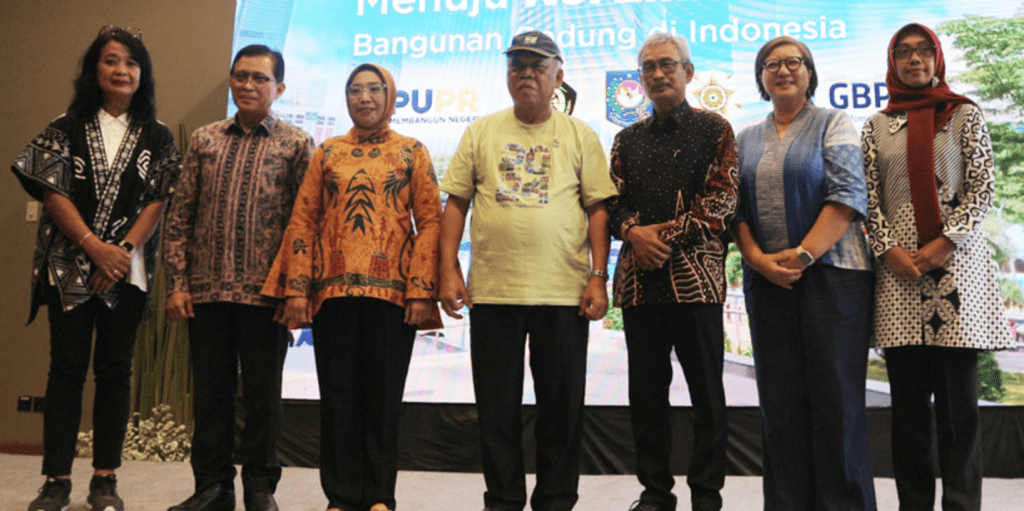
INDUSTRY

A message from Frank Peter, Director, Agora Industry
As a challenging year for industrial transformation draws to a close, we find ourselves reflecting on the obstacles—and celebrating the achievements. While the early enthusiasm surrounding innovative business models may have been tempered by the realities of implementation and geopolitical tensions, our work continues to drive meaningful impact and inspire progress in this complex environment.
This year, our circular economy report gained recognition at the highest levels, shaping the German government’s Circular Economy Strategy and with our key graph now serving as a cornerstone for policy development. Similarly, our study on electrification of industrial heat proved a timely contribution to the incoming EU Commission, positioning electrification as a priority for the next five years. The study demonstrates that 90 percent of EU industry’s energy demand for process heat can be met using technologies already available today or ready for deployment within the next decade.
Globally, our insights on the potential and pitfalls of hydrogen have resonated across Southeast Asia, South Africa, and Brazil. Through collaboration with local partners, our findings have reached government officials and garnered media attention, informing critical debates in these regions.
Looking ahead, we remain committed to advancing a sustainable industrial transformation, building on this year’s successes to continue making a lasting impact.
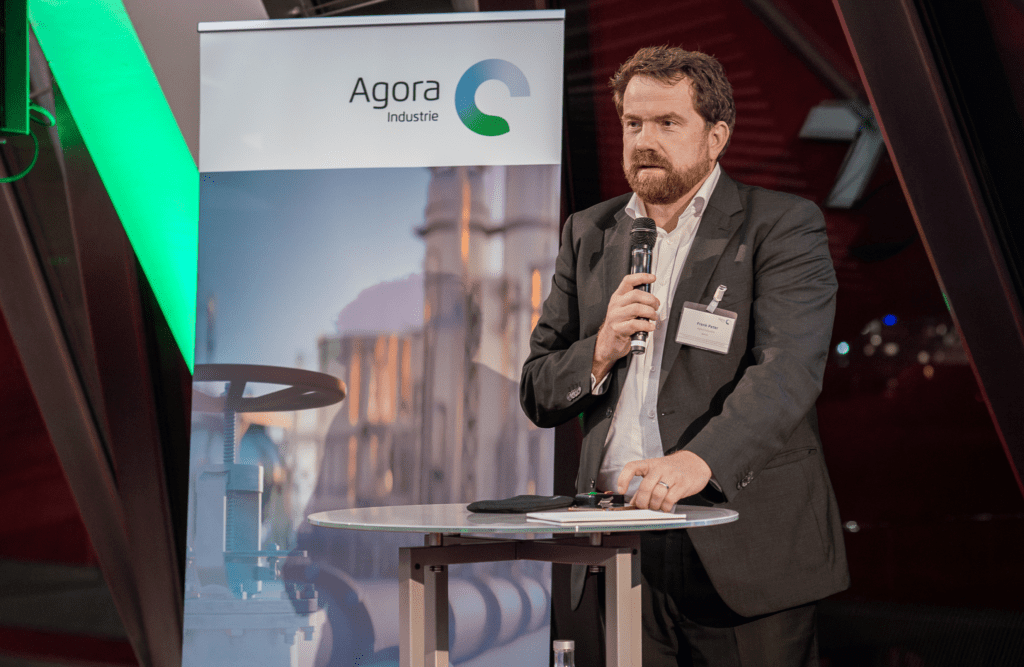

ELECTRICITY

A message from Markus Steigenberger, Managing Director, Agora Energiewende
2024 could mark a historic turning point: the year when power sector emissions finally peak. While the data still needs to be confirmed, the trajectory is clear: emissions are declining, and the focus now shifts to speeding up this process. At Agora Energiewende, we’ve contributed by advising decision-makers on the right set and design of policies, providing training and empowering partners through the International Network of Energy Transition Think Tanks.
This year saw several important wins. In Poland, a former coal stronghold and challenging player in the EU’s decarbonization efforts, the transition to renewables is advancing rapidly, supported by our partner Forum Energii; coal’s share in the energy mix dropped from 80 percent to 50 percent in record time. Our South African partner GreenCape facilitated the Renewable Energy Master Plan, paving the way for a renewables-based power system. In China, evidence-based analysis from our partner Regulatory Assistance Project informed the government’s move away from the coal power capacity payment mechanism, which has been hindering the transition.
Still, much work remains. As the share of renewable energy increases, enhancing and modernizing distribution grids becomes a crucial task. At a time of budget constraints, financing the transition requires new solutions and partnerships to trigger private investments. Finally, while current geopolitical and trade dynamics among key players create challenges, they also open new avenues for strategic collaboration in achieving climate neutrality. We look forward to another busy year!
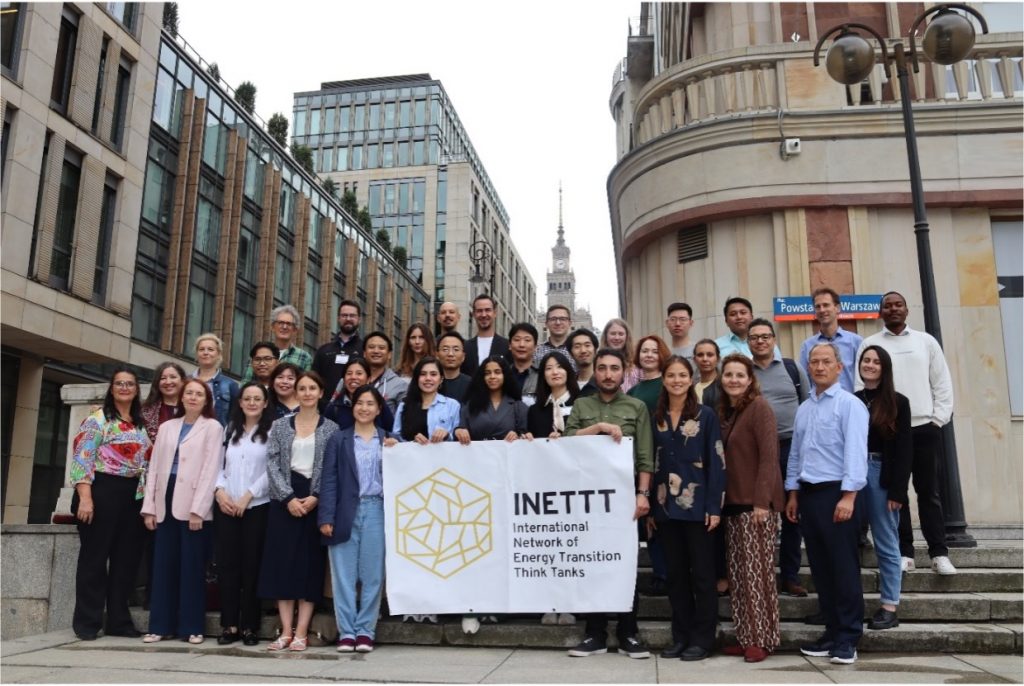
URBAN MOBILITY
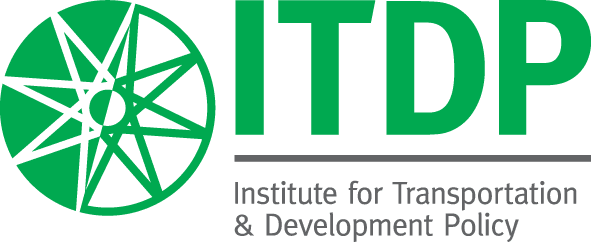
A message from Heather Thompson, CEO, Institute for Transportation and Development Policy
Following 2024’s series of national elections worldwide, we face a shifting political landscape for climate policy. A challenging outlook for U.S. leadership will send ripple effects abroad, but this is not the first time we have been in this position. It is at times like this that action at the local level matters even more, and ITDP is well positioned to continue our efforts with cities and states around the world.
National elections are also strengthening opportunities with big investment packages that provide economic development, while also being good for people and the planet. In Brazil, for example, we have been working with the National Development Bank and the Ministries of Cities and Finance to advance a National Urban Mobility Strategy that will tee up plans for 21 metro areas, helping to guide billions in NovoPAC infrastructure investments. In India, our team is working with municipal agencies to leverage the country’s PM-eBus Sewa initiative, which is putting billions in public funding behind e-bus purchasing to modernize transport in 169 cities.
Earlier this year, I had a great opportunity to join our team in Indonesia in meetings with the Minister of Transportation to present ITDP’s recommendations for accelerating transport electrification in 11 priority cities. Our support will help the Ministry move forward with its 90 percent e-bus deployment goal by 2030, which our research indicates will reduce national CO2e emissions by nearly a million tons.
Our continued progress at the city level will allow us to seize opportunities at the national level when they become available. This experience can also yield best practices to replicate in other countries. We look forward to leveraging more win-win opportunities as the political landscape settles. I know we will have the close collaboration of the Crux Alliance and all the policy centers in preparing for what’s to come.
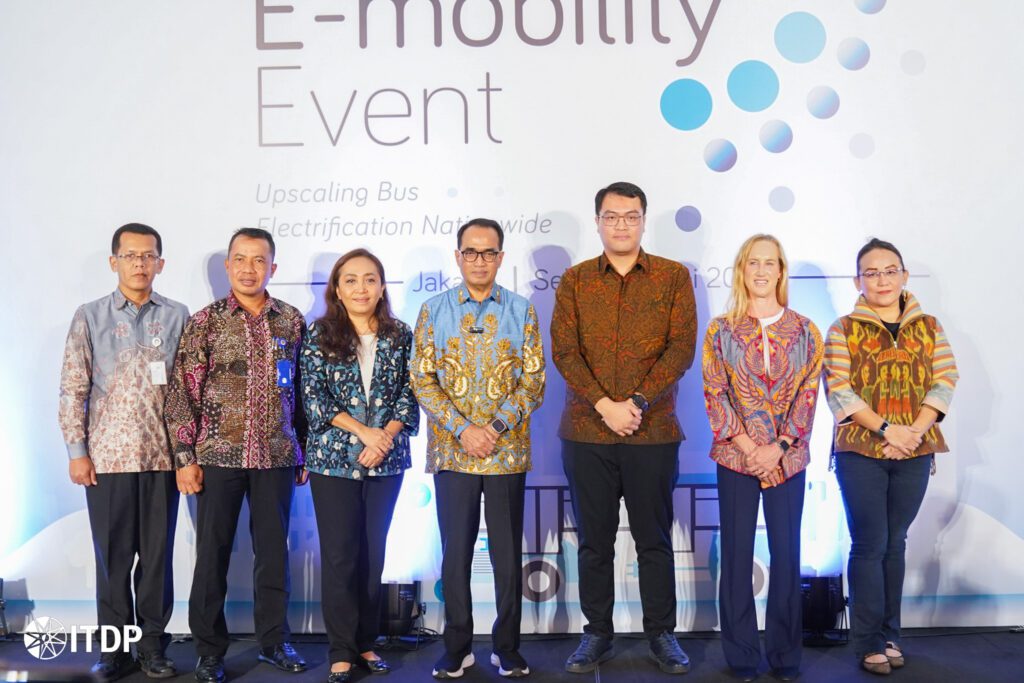
VEHICLES & FUEL
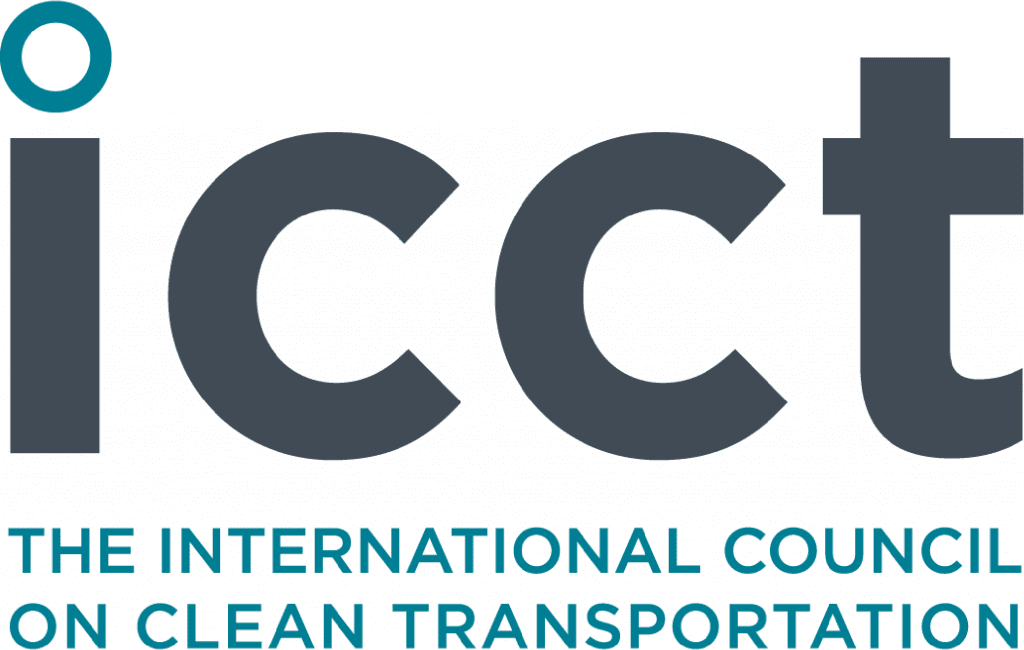
A message from Drew Kodjak, CEO, International Council on Clean Transportation
I’m excited to share several big achievements in transportation policy in 2024. India’s PM E-DRIVE scheme, announced in October, provides roughly $1.3 billion in incentives for electric two-wheelers, trucks, and more. The ICCT collaborated closely with the Ministry of Heavy Industries, including by leading the electric trucks portion of its electric vehicle task force, and the $50 million allocated in PM E-DRIVE for an electric truck pilot is a major highlight.
We also supported finalizing ambitious new heavy-duty vehicle emission standards in Europe and the U.S. The EU standards lead to a 90 percent reduction in GHG emissions by 2040, and on the U.S. rule, our analysis assisted the rulemaking and the Department of Energy in creating the first-ever National Zero-Emission Freight Corridor Strategy. We’re thrilled by progress in light-vehicle policy, as well. The new light-duty GHG rule finalized in the U.S. that’s expected to lead to 68 percent electric vehicle sales in 2032 was buoyed by a large body of ICCT analysis, and our technical work supported adoption of Australia’s first-ever light-duty vehicle CO2 standards, which are projected to avoid as much as 321 million tonnes of CO2 emissions through 2050.
Last but not least, we helped advance deployment of zero-emission construction equipment globally, and a new pilot project in Chengdu is a pioneer site in China. Moving into 2025, the ICCT is pushing the envelope on electrification by accelerating ongoing progress in light-duty vehicles, getting zero-emission heavy-duty vehicles off the ground, and jumpstarting off-road equipment, where electric options are only just emerging.
